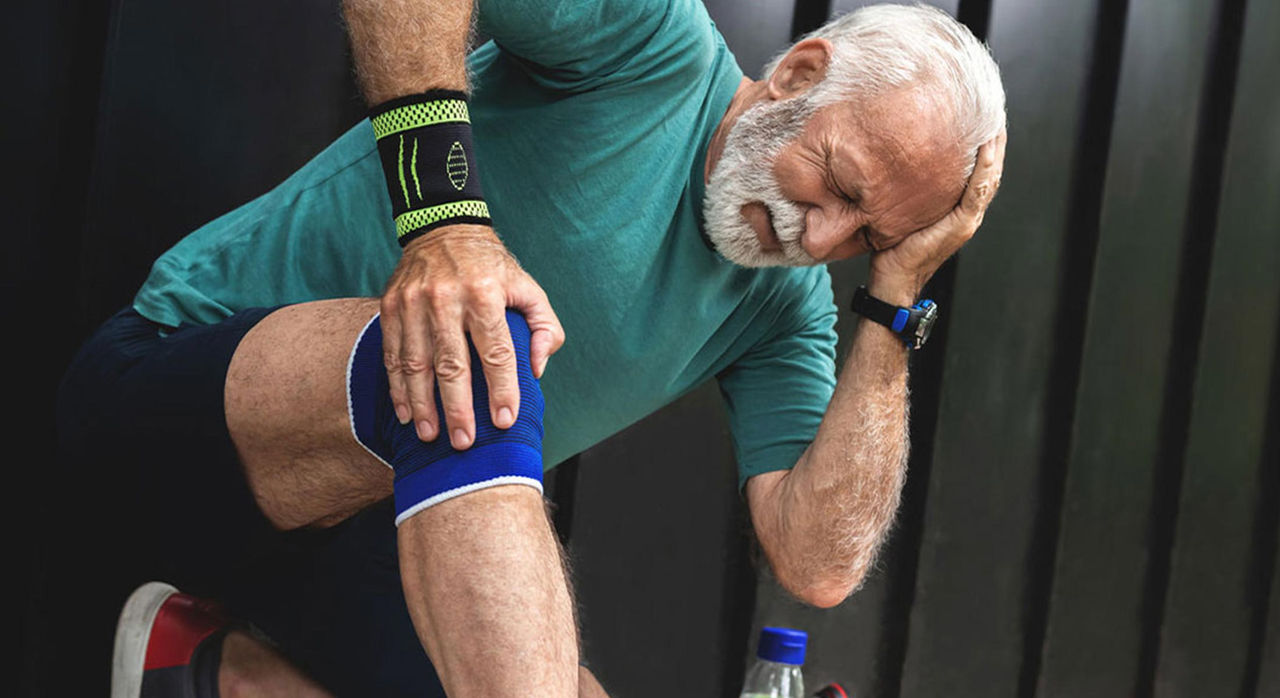-
- Find Care
-
- Visitor Information
- Find a Location
- Shuttles
- Visitor Policies
-
-
- Our Virtual Care Options
- Virtual Urgent Care
- Virtual Visits for Primary & Specialty Care
- Online Second Opinions
- Participate in Research
-
- Contact us
-
- For Innovators
- Commercialization Guide for Innovators
-
-
- Research News
- Alzheimer's Disease
- Artificial Intelligence
-
- Overview
-
- Overview
- Getting Started
- New to Mass General Brigham
- International Patient Services
- What Is Patient Gateway?
- Planning Your Visit
- Find a Doctor (opens link in new tab)
- Appointments
- Patient Resources
- Health & Wellness
- Flu, COVID-19, & RSV
- Billing & Insurance
- Financial Assistance
- Medicare and MassHealth ACOs
- Participate in Research
- Educational Resources
- Visitor Information
- Find a Location
- Shuttles
- Visitor Policies
- Find Care
-
- Overview
- Our Virtual Care Options
- Virtual Urgent Care
- Virtual Visits for Primary & Specialty Care
- Online Second Opinions
-
- Overview
- Participate in Research
-
- Overview
- About Innovation
- About
- Team
- News
- For Industry
- Venture Capital and Investments
- World Medical Innovation Forum (opens link in new tab)
- Featured Licensing Opportunities
- For Innovators
- Commercialization Guide for Innovators
- Contact us
-
- Overview
- Information for Researchers
- Compliance Office
- Research Cores
- Clinical Trials
- Advisory Services
- Featured Research
- Two Centuries of Breakthroughs
- Advances in Motion (opens link in new tab)
- Brigham on a Mission (opens link in new tab)
- Gene and Cell Therapy Institute
- Research News
- Alzheimer's Disease
- Artificial Intelligence
-
- Overview
-
- Overview
- Residency & fellowship programs
- Brigham and Women's Hospital
- Massachusetts General Hospital
- Mass Eye and Ear
- Newton-Wellesley Hospital
- Salem Hospital
- Integrated Mass General Brigham Programs
- Centers of Expertise
- Global & Community Health
- Health Policy & Management
- Healthcare Quality & Patient Safey
- Medical Education
- For trainees
- Prospective trainees
- Incoming trainees
- Current trainees
- Continuing Professional Development
Ways to Find Relief from Knee Arthritis

Osteoarthritis occurs when cartilage, a protective tissue at the ends of bones, wears down over time. It may lead to pain and stiffness in the joints, especially the knees.
“The cartilage in the knee is very much like the paved roads we drive on,” explains Michael Kolosky, DO, a Mass General Brigham orthopaedic sports surgeon and medical director of the Musculoskeletal Program at Salem Hospital. “A freshly paved road is nice and smooth, it’s quiet, it’s an enjoyable experience to drive on. But over time, that road will get cracks and some potholes. And that’s really what osteoarthritis knee is—with continual use and time, that surface starts to break down.”
Knee pain can make it tough for you to stay active. It may even become difficult to get through your daily routines or to get out of bed in the morning.
“If you’re having trouble taking the stairs, going from sitting to standing, getting in and out of a car, or if you notice painful grinding, clicking or popping in the front of your knee, that may be an indicator that the cartilage in the front of the knee is starting to break down,” Dr. Kolosky says.
But even if you’re experiencing symptoms of knee arthritis, there are still strategies to help keep your knees healthier and moving better. “A stable, strong joint is a happy joint with less pain, decreased inflammation and less swelling,” says Dr. Kolosky.
Losing weight for knee pain relief
Studies have shown that weight loss can drastically improve sore knees. Some research has shown that each 1 pound of weight loss takes 4 pounds of pressure off our knees, as cited by the Arthritis Foundation.
“The stress that our knees experience with activity is often exponential. When we’re running and jumping, the force can be up to 8 times our body weight across our joints,” Dr. Kolosky explains. “So every pound of weight loss can have a profound effect on the amount of force on the joints.”
Exercising and cross-training to manage knee arthritis
Another important strategy to manage knee arthritis pain is to be active. “Exercise can help get all of those muscles around the knee joint to work in concert again. It will make them nice and strong, which will provide more stability and better pain relief to the joint,” Dr. Kolosky says.
It’s important to vary the types of activities you do, called cross-training. “If you’re a runner who wants to run 20 miles a day, 7 days a week, every day of the month, the joint is going to wear out faster. But of course a sedentary lifestyle is equally as bad,” Dr. Kolosky explains.
He recommends incorporating cross-training into your exercise routine—especially adding low-impact activities such as swimming, walking, and cycling to balance high-impact activities. This is vital for maintaining our physical and heart health and prolonging the health of our knee joints.
Stretching to help prevent knee pain
Knee pain is often caused or exacerbated by tight muscles around the joint. Stretching the muscles around the knee before and after exercise is essential, too. Dr. Kolosky recommends that active individuals stretch each of the following muscles (on both sides) for 10 seconds each:
Quads (quadriceps), in the front of the thighs
Hamstrings, in the back of the thighs
Calves, back of the bottoms of the legs
Core
“If the muscles aren’t flexible, the knee joint sometimes won’t move properly,” he says. “It doesn't take much to put the body in a good position. Dedicating just a little bit of time to doing these exercises, warming up properly and cooling down, can be instrumental in preventing injury and pain.”
In addition, he suggests icing sore knees for 20 minutes after exercise.
Choosing a good foundation for exercise: Footwear and surface
For active people, proper footwear and avoiding exercise on challenging surfaces is very important.
“The key to having happy and healthy joints is having a good foundation—similar to a building. If you have a poor foundation, it’s hard to expect to build anything strong on top of that,” Dr. Kolosky explains. “The harder the surface, the more force and impact that’s going to go through our joints. But overly soft surfaces, such as sand, are uneven and give way underneath us, which can also cause arthritic flares or other problems in the knee. Focus on what works best for you and find a happy medium.”
He also recommends proper footwear, insoles and perhaps compression. Are you flat-footed, or do you have high arches? Could a compressive sleeve provide some stability and control swelling?
“Assessing those things can be a noninvasive, very conservative way of improving knee health and joint health,” Dr. Kolosky says. “It’s very easy to come in, get an evaluation and have a proper recommendation, whether it’s shoe wear or a compression brace.”
Anti-inflammatory medications for arthritis knee pain
A short course of over-the-counter nonsteroidal anti-inflammatory medications (NSAIDs) such as ibuprofen and naproxen sodium are a relatively safe self-treatment option for arthritis knee pain relief. Because people with some medical conditions shouldn’t take NSAIDs, be sure to check with your doctor first.
Anti-inflammatory nutrition and healthy habits
The things you eat and drink, along with other behaviors, like smoking, also contribute to knee pain, Dr. Kolosky advises. “If your diet is heavy in inflammatory foods and dehydrating beverages, that affects the quality of the cartilage and joint health.”
These things can lead to knee pain:
Dairy
Foods high in fat, including fried foods
Processed and red meats
Refined carbohydrates, such as white bread and white pasta
Sugar
Tobacco and alcohol
Instead, try to incorporate more foods that are high in antioxidants and help you stay well hydrated:
Fatty fish, including salmon and tuna
Fruits, such as tomatoes, berries, cherries and oranges
Green, leafy vegetables, including kale, spinach and broccoli
Nuts
Olive oil
Supplements such as fish oil, turmeric, glucosamine and chondroitin
Learn more about anti-inflammatory foods for arthritis and joint pain.
Talk to a knee specialist about treatment for knee pain relief
If you’ve tried these home strategies for several weeks without feeling an improvement, talk to your doctor or a knee specialist. This is especially important if knee pain is affecting your enjoyment of life and ability to stay active.
“It’s reasonable for patients to try to treat themselves for a period of time, but I would not hesitate to be evaluated if you’re not seeing a change in six weeks to a couple of months,” Dr. Kolosky says.
One of the first and most effective treatments is physical therapy to strengthen and stabilize the knee. “When an athlete hears that they need to do a course of rehabilitation, they often think that they’re being pulled away from all of their activity, but it’s actually the opposite, he says. “These rehabilitation programs are designed to help the injury, but also to make you a better athlete and decrease the risk that this pain will affect you in the future. You can use it as an opportunity to become a better athlete—run faster, jump higher, be stronger. A lot of athletes come out of physical therapy in a better place than when they entered.”
Your specialist can also offer a wide range of treatments for knee pain relief:
Cartilage restoration procedures to stimulate the growth of new cartilage
Injections of medications or substances that can reduce pain, lubricate the joint and promote healing
Surgical approaches, ranging from minor removal of damaged tissue to joint replacement
Knee braces for osteoarthritis. While braces don’t keep arthritis from worsening, they can help reduce osteoarthritis knee pain.
“Our goal here is to keep the athlete going for as long as possible, and early intervention is the best way to achieve that,” he says.
